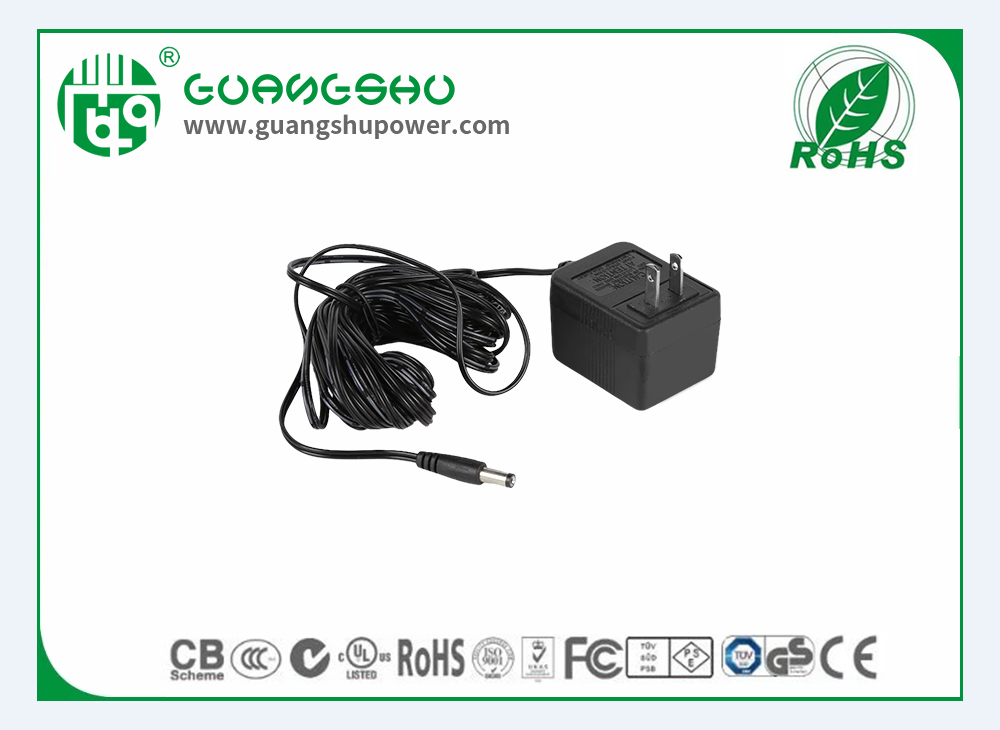Time:2024-09-20 Views:0

Although both power adapters and chargers are related to providing power to electronic devices, they have significant differences in multiple aspects:
From the perspective of design philosophy
-Power adapter: Its design core is to provide a stable power environment that meets the operational requirements of the device. For example, for some precision electronic devices such as professional audio equipment, medical equipment, etc., a stable DC power supply is needed to ensure the normal operation of the equipment, and power adapters are designed to meet this demand. It is like a 'power guardian' that continuously and stably provides power to devices, rather than just focusing on the charging process.
-Charger: Mainly focuses on efficient and safe charging of rechargeable batteries. In the design process, the characteristics of the battery will be fully considered, such as the charging curve, charging speed, safe charging voltage, and current range of different types of batteries (lithium-ion batteries, nickel hydrogen batteries, etc.). For example, in order to achieve fast charging, the charger will use a special charging algorithm to adjust the current and voltage according to the charging stage of the battery, which is the key to charger design.
Analyze from the perspective of job characteristics
-Power adapter:
-Output voltage stability: It has high output voltage stability, and the fluctuation range of its output voltage is usually small. For example, if the output voltage of a certain model of power adapter is 12V, its actual output voltage may fluctuate between 11.8V and 12.2V, which can ensure that the equipment will not malfunction during operation due to fluctuations in power supply voltage.
-Output power: The output power is designed based on the operating power requirements of the device. For example, a power adapter for a high-definition network set-top box may have an output power of around 10W to meet the power consumption of the set-top box during various operations such as playing high-definition videos.
-Charger:
-The output characteristics vary with the charging stage: During the charging process, the output characteristics will be dynamically adjusted according to the charging stage of the battery. In the early stage of charging, when the battery level is low, the charger will perform constant current charging with a larger current to quickly increase the battery level; When the battery level reaches a certain level, the charger will switch to constant voltage charging mode. As the battery level continues to increase, the charging current gradually decreases until the battery is fully charged. This change in output characteristics can ensure charging efficiency and battery safety.
-Interactivity with devices: Modern chargers typically have the ability to interact with the device being charged. For example, during the charging process of a smartphone, the charger can adjust the charging strategy based on the battery information feedback from the phone, such as battery temperature, battery level, etc., to ensure the safety and efficiency of the charging process.
Distinguish from application scenarios
-Power adapter: widely used in various devices that require external DC power supply. In a home environment, devices such as TV set-top boxes, routers, and smart speakers require power adapters to provide stable power. In office environments, devices such as printers and fax machines also rely on power adapters. These devices require a continuous and stable power supply during use, rather than a simple charging process.
-Charger: mainly used to charge various rechargeable devices, such as mobile phones, tablets, wireless headphones, power tools, etc. The batteries of these devices need to be charged regularly, and the charger is specifically designed to meet the charging needs of these devices.
Read recommendations:
Wireless series high frequency transformer